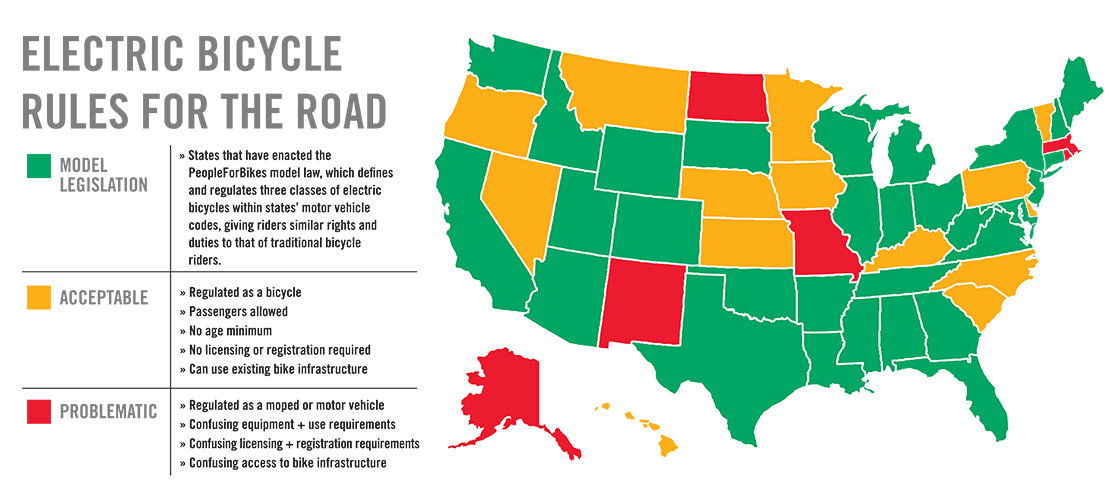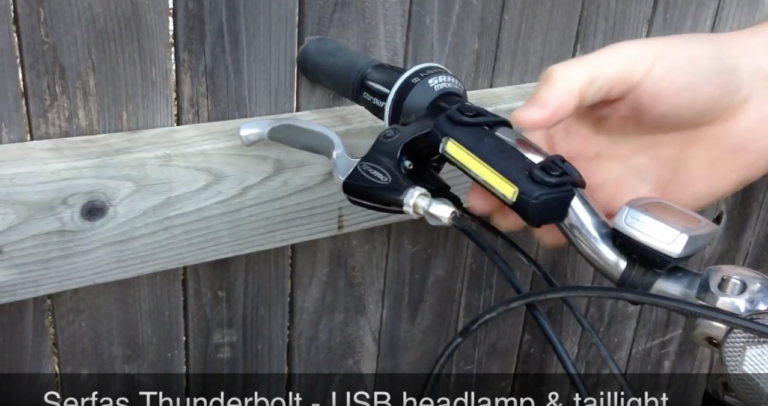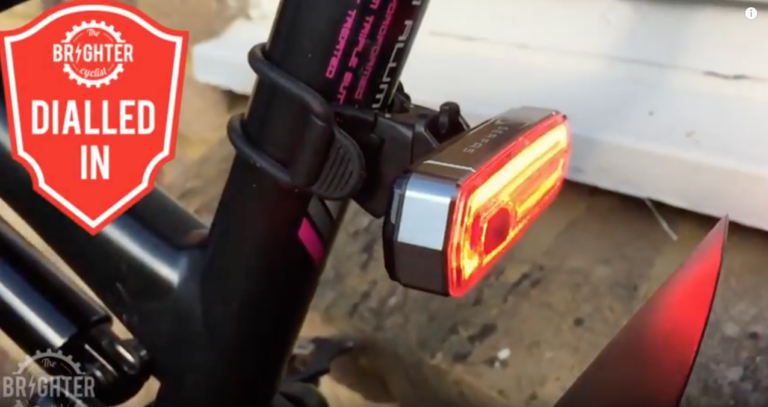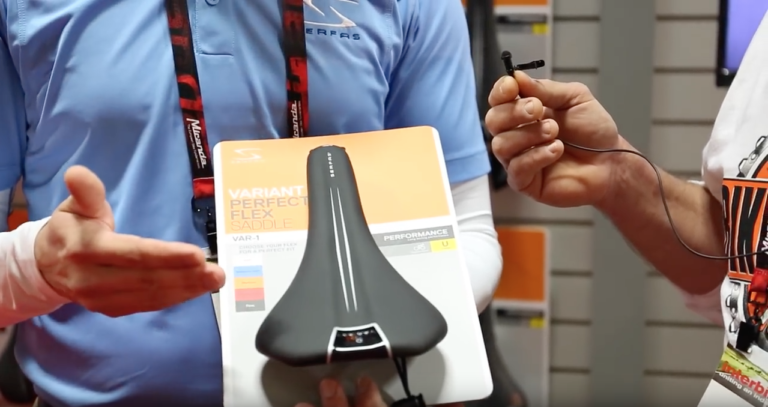E-Bike 101: The Basics
What Is An E-Bike?
Short for electric bike, an e-bike is a bicycle with pedals and integrated electric motor, powered by battery, used to assist propulsion.
E-Bike Classifications In The U.S.
Class 1 – Pedal assist only, with no throttle, and have a maximum assisted speed of 20mph.
Class 2 – Have a maximum speed of 20mph, but are throttle assisted.
Class 3 – Pedal-assist only, with no throttle, and a maximum assisted speed of 28mph.
All e-bike classes limit motor power to 750 Watts, or 1 horsepower — Source: www.bosch-ebike.com
Why E-Bike? Some Of The Benefits…
- Ride farther and for longer — Conquer troublesome hills and go greater distances than ever before.
- For some, an e-bike can fulfill most transportation needs, reducing or even eliminating the commitment to own a costly vehicle.
- Shorten commutes — Bike to work or school and avoid time wasted sitting in traffic. In some cases riding an e-bike can get you where you want to go even faster than a car.
- Avoid the hassles of parking such as lot fees or permits, feeding meters, unexpected parking fines, and potential to vehicle damage like dents and door dings.
- Perpetuate a healthier more active lifestyle — Although e-bikes make riding easier it remains a physically demanding activity with numerous health benefits that can help set you on the right track.
- Enables bicycling for many people whom may otherwise have been unable to enjoy riding a traditional bike due to personal circumstances, fitness limitations, or physical constraints.
- See and do more in your town or city — Enjoy a greater sense of immersion in the community as well as eat, shop, and support local businesses more often.
- Enjoy camping and the outdoors? Take an e-bike camping or bike packing — Load up with more gear and supplies and you can travel even farther into the unknown while still getting back on time.
- Emissions-free transportation resulting in a more sustainable positive environmental impact.
- Probably most important of all …e-bikes are simply a lot of fun to ride! — If you ask around, fans of e-bikes can often be similarly quoted expressing how they, “…haven’t had this much fun on a bike since they were a kid.” — But don’t just take our word for it, reach out to a local bike shop or e-bike dealer and schedule a test ride to see for yourself what it’s all about.
 Battery
Battery
The rechargeable battery pack stores electricity and discharges with use. It powers the motor and all on-board electronics. Almost all modern e-bikes utilize Lithium-ion cells because of their high performance, light weight and compactness, and relatively fast charging capabilities.
Component Location On Bike:
Usually removable, the battery pack is often mounted on or housed within the bike frame or rear cargo tray. Some battery packs feature built-in anti-theft mechanisms like an integrated lock and key system, this helps keep the battery secure while the bike is left locked up and unattended.
Electric Motor
Motor size and type directly influences the ride, balance, and handling characteristics of an e-bike. A hub motor system drives the wheel directly while a mid-drive system provides power at the crank to the chain, much like pedaling does.
Component Location On Bike:
A hub motor is located at the center of the wheel it powers. Hub motors can be used in either front or rear wheel applications. Although not very common, two-wheel drive hub powered e-bikes exist, in this arrangement a hub motor is used in both front and rear wheels. In a mid-drive system the motor is located at the bottom bracket and engages with the crankset which drives power through the bike’s drivetrain.
Controller
The controller is the electronic brains of the e-bike, it monitors speed, acceleration, power, battery voltage, pedal activity, pedal assist, etc. It interprets rider inputs and regulates motor performance to ensure safe smooth power delivery. E-bikes are normally outfitted with a handlebar mounted digital display, basically a mini dashboard. The display is where the rider will see important system information relayed from the controller like battery status, speed, pedal assist modes, etc.
Component Location On Bike:
On mid-drive e-bikes the controller is often well concealed in the same space as the actual motor or battery. By nature of a hub motor’s design, these type e-bikes have to remotely locate the controller elsewhere on the bike. The controller has a wiring harness that needs to reach all electronic components it communicates with, these wires are typically routed internally through the frame or externally on more affordable entry level models.

Rear Hub Motor
Advantages:
- More affordable than mid-drive, hub motor is simpler and less complex to build therefore less expensive
- Instantaneous power delivery direct to the wheel
- Plenty of torque
- Can still ride on throttle power (when equipped) even if the chain breaks
- Wheel can rotate fast under power even even when pedals aren’t turning
Disadvantages:
- Increased wheel load
- Noisier than mid-drive
- Inefficient energy management at higher loads
- Less power modulation sensitivity (dependent on sensor)
- Heavy rear weight bias
- Exposed controller and pedal assist sensor
- Added complexity and time to fix a flat on the powered wheel
Mid-Drive Motor System
Advantages:
- Highest performance, more torque compared to hub motor
- Balanced handling (weight centered and low to ground)
- Smooth natural feeling power delivery at the chain and crank arms
- Relatively quiet
- Ability to optimize power consumption through proper gear selection
- If battery dies there is no drag on the bike
- Easier tire changes compared to hub drive
- Generally better aesthetic as the frame is often specifically designed for the motor and battery
Disadvantages:
- More expensive, bike frame designed specifically to motor and battery
- Increased wear on the chain and cogs
- Greater sensitivity to gear changes
- Pedaling without assist can result in gear motor resistance (dependent on type mid-drive system)
- Inability to change gears unless the bike is moving (except for bikes with internally geared rear hubs, which is uncommon)
- Chain more susceptible to snapping on models lacking a gear shift interrupter which eases the throttle while shifting
Front Hub Motor
Advantages:
- More affordable than mid-drive, hub motor is simpler and less complex to build therefore less expensive
- Instantaneous power delivery direct to the wheel
- Plenty of torque
- Can still ride on throttle power (when equipped) even if the chain breaks
- Wheel can rotate fast under power even even when pedals aren’t turning
Disadvantages:
- Increased wheel load
- Noisier than mid-drive
- Inefficient energy management at higher loads
- Less power modulation sensitivity (dependent on sensor)
- Heavy front weight bias
- Exposed controller and pedal assist sensor
- Added complexity and time to fix a flat on the powered wheel
General Considerations When Choosing An E-Bike
- Function and Purpose
Do you plan to commute? Go to market? Ride for exercise? Whatever you plan to use your e-bike for most should be a majority factor in your decision making so you can be sure it will meet all expectations and comfortably suit your needs.
- Range, Power, and Battery
Battery capacity and power output of the motor (Watts) should be given notable consideration. You want an e-bike to handle the kinds of terrain and distance you wish to travel with it. For example, if you live in an area with a lot of hills you’ll want a bike with greater battery capacity to help you power up those hills without prematurely depleting your range.
The harder a motor has to work the more energy it consumes, decreasing range. Frequently climbing hills requires a more powerful motor and battery. frequent hill climbing you will want a powerful motor and large enough battery to power it while meeting your range requirements. How efficiently you choose to ride will also directly effect power consumption and range.
Be sure to check out this helpful and fun interactive E-Bike Range Assistant tool by Bosch. Bosch® is an innovation leader in the e-bike systems market including mid-drive motors, batteries, and displays.
- Bike Weight and Capacity
E-bikes are heavier than their non-electric counterparts because of more robust framing requirements and need to mount additional components such as battery pack, motor, and electronics and wiring.
- Terrain Type
Riding flat smooth terrain produces greater cruising range whereas having to climb frequent hills and inclines consumes more battery power leaving you with a lot less range.
- Pedal Assist Preference
Taking advantage of pedal assist will extend your power consumption efficiency and range, relying more heavily on throttle-only power (when applicable) and higher pedal assist modes will
- Price Range
Most reputable entry-level models worth mentioning typically start in the $1,250 to $2,000 range. E-bikes aren’t exactly cheap, that’s a fact, but their perceived value can vary greatly depending on the role it serves for one person compared to the next. Someone using an e-bike to make their daily commute to and from work and to get groceries likely finds that a $2,000 e-bike is a very affordable transportation option versus someone spending $2,000 on an e-bike to occasionally ride around their neighborhood for fun.
E-Bike Battery Terminology You Should Know
- Volts (V) – Measure of strength of electric power.
As an analogy to water flowing through a pipe, voltage would be the difference in water pressure.
Most e-bikes are either 24V, 36V, or 48V.
- Watts (W) – Measure of power output.
Using water flowing through a pipe as an analogy, watts would be the volume of water flowing through the pipe (given a specific pressure and diameter).
Electric motors are usually rated by their wattage. E-bikes are most often 250W, 500W, or 750W.
- Amp Hours (AH) – Measure of battery capacity.
How much amperage a battery can provide for exactly one hour.
This is valuable information as it’s a major factor in determining e-bike range capability.
- Watt Hours (Wh) – Measure of total energy in a battery.
The amount of watts a battery can provide for exactly one hour.
Watt hours is a unit of energy used to measure the amount of work performed or generated. Using speed and distance as an analogy, speed would be the rate of how fast you drive in a moment in time (watts) while distance is the amount you drive over a period of time (watt-hours) — e.g. Driving at 50mph for one hour (watts), you’ll have traveled 50 miles (watt-hours).
E-Bike Rules and Regulations In The United States
At the federal level, a 2002 law enacted by Congress, HB 727, amended the Consumer Product Safety Commission definition of e-bikes. The law defined a low-speed electric bicycle as “A two- or three-wheeled vehicle with fully operable pedals and an electric motor of less than 750 watts (1 h.p.), whose maximum speed on a paved level surface, when powered solely by such a motor while ridden by an operator who weighs 170 pounds, is less than 20 mph.” The federal law permits e-bikes to be powered by the motor alone (a “throttle-assist” e-bike), or by a combination of motor and human power (a “pedal-assist” e-bike).
Significantly, federal law only specifies the maximum speed that the e-bike can travel under motor power alone. It does not provide a maximum speed when the bicycle is being propelled by a combination of human and motor power, which is how e-bikes are predominantly ridden. The Consumer Product Safety Commission has clarified that the federal law does allow e-bikes to travel faster than 20 mph when using a combination of human and motor power.
This law distinguishes, at the federal level, e-bikes that can travel 20 mph or less under motor power alone from motorcycles, mopeds and motor vehicles. Devices that meet the federal definition of an electric bicycle are regulated by the Consumer Product Safety Commission and must meet bicycle safety standards. However, as a 2014 e-bike law primer notes, this federal law only applies to the e-bike’s product standards and safety.
State traffic laws and vehicle codes remain the sole domain of states and state legislatures. In other words, the manufacturing and first sale of an e-bike is regulated by the federal government, but its operation on streets and bikeways lies within a state’s control. Thus, many states still have their own laws that categorize e-bikes with mopeds and other motorized vehicles, require licensure and registration, or do not enable them to be used on facilities such as bike lanes or multi-purpose trails.
Source: https://www.ncsl.org/research/transportation/state-electric-bicycle-laws-a-legislative-primer.aspx

Responsible E-Bike Use and Maintaining A Positive Image
As the e-bike industry continues to make advancements in technology and garner steadily increasing mainstream exposure it’s more important now than ever for current and future e-bike users to help keep e-bike use viewed in a positive light, as opposed to being seen as a nuisance technology.
The good news is responsible e-bike use practices are easy to uphold, ensuring e-bikes remain an openly accepted form of recreation on and off trails as well as a legitimate mode of personal transportation in the eyes of the public and governing bodies.
Luckily responsible e-bike use overlaps with most traditional bike riding practices:
- When riding on the street know the rules of the road, bicyclists should behave like a motorist, stopping at traffic signals and riding with the flow of traffic.
- Know your e-bike and be comfortable operating all of its modes and functions.
- Do your part to be seen, wear bright colors and reflective details and use bright front and rear facing lights even in the daytime to increase visibility.
- Make use of basic bike safety hand signals when appropriate to communicate your intentions to vehicles, pedestrians, and other cyclists.
- Remain focused and alert, make intentional eye contact with those around you to make sure they see you, never assume you are seen.
- E-bikes can sustain higher speeds than traditional non-powered bikes, so it’s important to ride wearing a helmet rated for E-bike use (NTA-8776 Certification). See the Serfas® HT-500/504 Kilowatt E-Bike Certified Helmets
- Be familiar with how to perform common maintenance and repairs like fixing a a flat and checking brake function and pad wear.
- Know your local regulations — Some restrictions are e-bike Class specific, be sure to know which Class your e-bike falls under (1, 2, or 3).
- Ride only where you know you are allowed to as not all states allow e-bike use in bike lanes, multi-use paths, and bike-only paths where traditional bikes are allowed to ride.
- Be mindful of non-powered bikes and people when sharing trails, give them the right of way as necessary and ride with knowing the advantage having a motor gives you.
So What Do You Think About E-Bikes?
If you read this far chances are you’re really enjoying the idea of maybe one day adding an e-bike to your life.
Not just a fun way to get around, e-bikes provide loads of utility and convenience for doing things like running errands and shopping to, for some, enabling the possibility to finally commute to work or school by bike without it having to mean arriving at your destination a sweaty mess (thanks pedal assist!).
Vehicle owners looking for a way to save money or reduce their environmental impact, an e-bike is a genuinely viable vehicle replacement option, and emissions free. For some an e-bike can even entirely eliminate the dependence and need to own a costly vehicle altogether. If you happen to live in a city with frequent traffic congestion, an e-bike can even save you time getting you to wherever you need to go more quickly than a car can.
The potential health benefits of riding is substantial as well, both for one’s physical health and improving overall mental wellness. When something is fun you’re going to be more likely to want to do it again. E-bikes are loads of fun and give you that extra boost of confidence to more effortlessly get up those daunting hills and ride farther than before, bypassing that discouraging out of shape feeling a lot of people get when they first start riding — and eventually as a result of riding more you’ll soon discover yourself getting stronger and needing less and less pedal assist to get past those obstacles that were originally too difficult to do on your own power.
So what do you think about e-bikes?
Tell us your likes, dislikes, or maybe we overlooked something. Let us know in the comments below.














